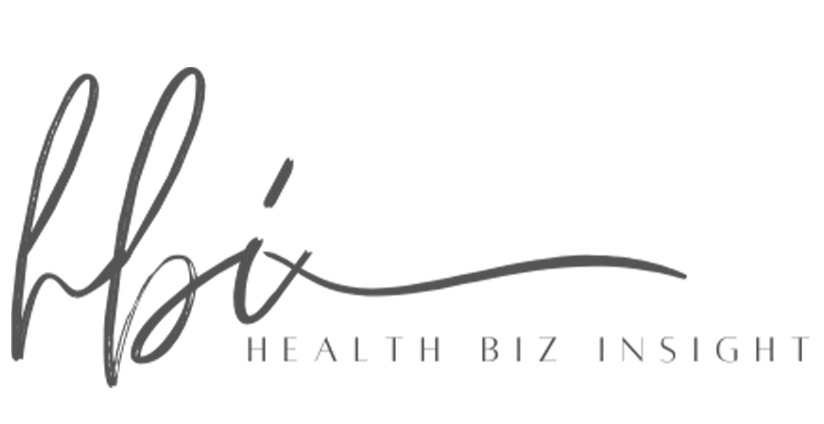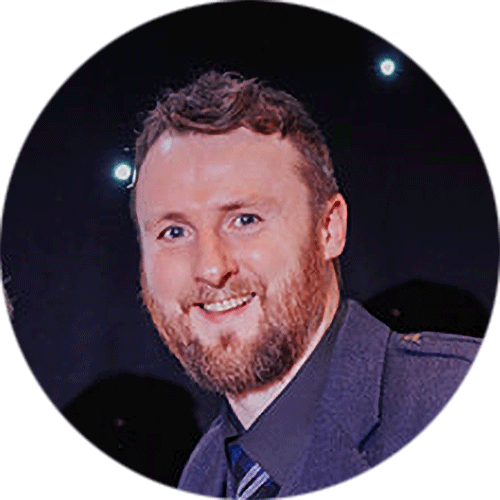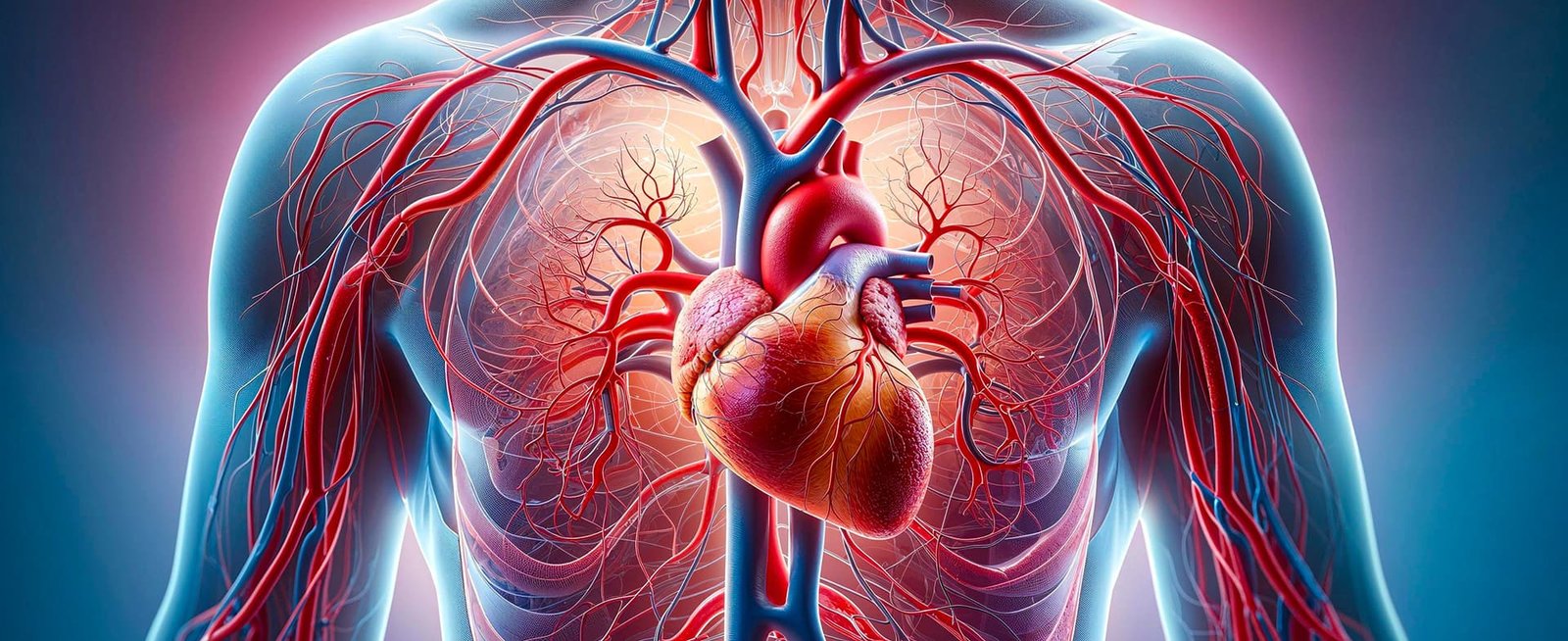
Introduction
Elder abuse, especially in the medical field, is still a huge problem that requires attention. Medical consultant David Ross has voiced concern about the lack of reporting elder abuse and coercion, especially when it comes to assisted dying. The World Health Organization (WHO) reports that 1 in 6 elderly people suffer from some type of abuse, and medical settings are some of the worst places to detect it. This gap is both unethical and illegal, and puts the most vulnerable people at risk. A sobering thought is that with increased life expectancy, elder abuse is an issue that needs to be looked at from the standpoint of public health and human rights.
Elder abuse in medical settings can happen through physical abuse, emotional abuse, financial exploitation, and even through coercion in end of life decisions. The solutions to this multifaceted problem need to include greater awareness, improved detection, and increased legal scrutiny.
The Reasons Elder Abuse is Missing From Healthcare Records
Abuse against the elderly individuals, despite being rampant in modern society, still goes unreported cases in the medical settings. This shocking issue is the result of several factors which include the following:
Retaliation Fear
Reporting abuse as an elderly individual can often come with its own consequences, whether it be a retaliatory approach from the abuser or complete neglect. Such fears make it extremely difficult to receive proper assistance especially for those who heavily depend on caregivers and family members to perform basic daily tasks.
Healthcare Employees Have No Experience Detecting Such Abuse
Aside from the stereotypical trained physicians, doctors, and nurses, there exists a lower rank of caretakers who deal directly with the elderly patients on a daily basis. This group has very little knowledge regarding the subtle cues of abuse, therefore missing the opportunity to address the case proactively at an early stage would result in the elderly patient being misdiagnosed for other age related ailments such as “bruises as fragile skin” or “confusion as dementia.” In the absence of proper training and education directed toward healthcare employees, abuse cases will remain undetected and so will the depression and stress the patients endure.
Assisted Dying Skepticism
Patients suffering from severe health issues have the option to end their life with the assistance of a medical practitioner, however, doing so raises the question of assisted manipulation and abuse. Cunning family members and caregivers often may pressurize older patients into seeking assisted death to serve their financial means which would, in turn, benefit the medical practitioner from a cost effective approach. There are safeguards for patients still, proving their existence is challenging.
The Systems Of Reporting Abuse In The NHS
Institutions do not seem to put in place systems to capture information on elder abuse, staff do not respond to elder abuse allegations because of organizational constraints, or, in some instances, there is fear among whistleblowers of negative consequences such as losing a job or facing legal action for reporting abuse without substantiating proof.
Important Figures
The WHO states that there are in excess of 10,000 elder abuse cases in the UK, which is probably an understatement due to non-reporting issues.
Medical practitioners report elder abuse cases to be less than 300 a year which means less than five percent of the actual cases, is existence.
Aged UK has found out that only one in every twenty-four incidences of elder mistreatment is recorded with the relevant agencies.
In a recent survey of caregivers, 60% of them confessed that they have not been sufficiently trained to detect and manage elder abuse.
One of the most common forms of abuse of elderly people, financial exploitation, results in losses amounting to millions of pounds each year, many of which are due to medical coercive practices.
The Role of Assisted Dying in Elder Abuse
The regulation of assisted dying in some areas has raised ethical debates. While supporters say that assisted dying respects an ill patient’s autonomy, detractors warn that it can be abused through coercion.
Coercion can take many forms:
Family or caretakers forcing an old person to choose assisted dying due to monetary or emotional burdens.
Healthcare providers counseling patients toward assisted dying for easier access to other patients or to free up beds in their institutions.
Patients feeling pressured by society to put an end to their lives to avoid being a burden to their loved ones.
Strong mechanisms need to be in place to protect vulnerable elderly people from abuse in the case of assisted dying. These would include compulsory psychiatric assessments, thorough scrutiny of family and caregiver relationships, and greater monitoring by independent ethics committees.
Solutions and Recommendations
Dealing with cases of elder abuse within the healthcare context calls for binding legal, medical, and sociological solutions. The following suggestions may contribute to dealing with this silent emergency:
Improvements in Training of Health Care Practitioners
Healthcare professionals should receive paid training on how to identify elder abuse during their medical and nursing school education.
Every healthcare professional needs to attend regular workshops and refresher courses so that they will be able to recognize and respond to abuse accordingly.
More Stricter Laws
Stronger laws need to be enforced to protect older patients within a clinical environment.
Legal reforms should implement increased penalties for abuse of elders alongside improved measures for aiding elder abuse victims.
Vigilant oversight on assistance during dying needs to be beefed up to ensure those that are vulnerable are not being unduly influenced.
Sharp Reporting Guidelines
Medical establishments need to put in place systems through which medical personnel and patients can report suspected abuse without fear of victimization in a bid to help the victim.
A systematic method for monitoring elder abuse cases should be developed for policy purposes.
Public education should target the elderly and their immediate families in an effort to inform them of the possible instances of elder abuse and the legal provisions available to them.
Citizen-based initiatives should enable elderly persons to receive assistance through easily available guides.
Regular Checks on Patient Welfare
Healthcare professionals need to carry out regular checks on elderly patients’ welfare, especially to those deemed at risk like those in long-term care, those looked after by a sole guardian, or elderly patients.
There is a need for greater surveillance during unplanned visits to nursing homes and medical facilities to check on their compliance with elder care regulations.
Conclusion
Elder abuse is often ignored, yet it remains a major problem in medicare. The current levels of underreporting suggest a lack of effective strategies for identification and action. Solving this problem is the work of healthcare practitioners, lawyers, and the general public.
Improved training, legal action, and education on these matters should enable society to better safeguard violated elderly people. In particular, policies on assisted death should be scrutinized closely to prevent abuse.
In conclusion, there is a need to provide protection and respect for older members of society; doing so is fundamentally moral. Focusing more on combating and preventing elder abuse will equip us to establish a health system that cares for the rights and welfare of its most defenseless constituents.






